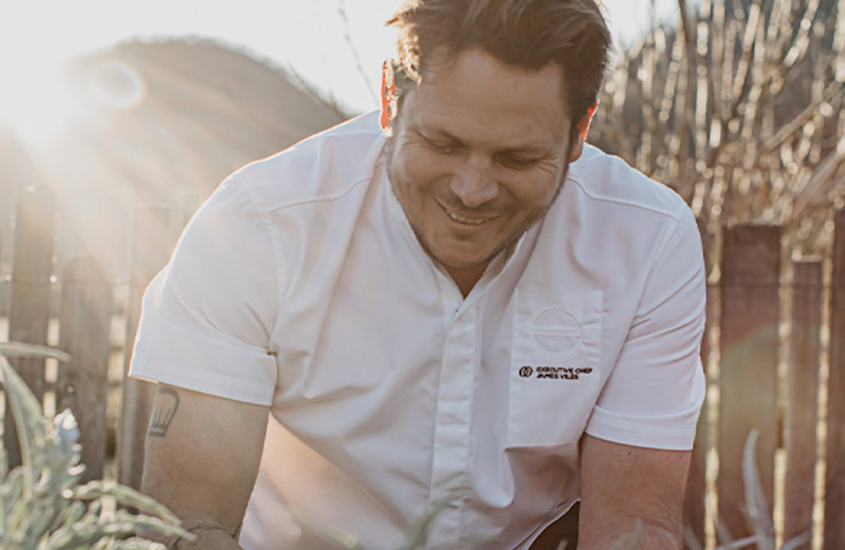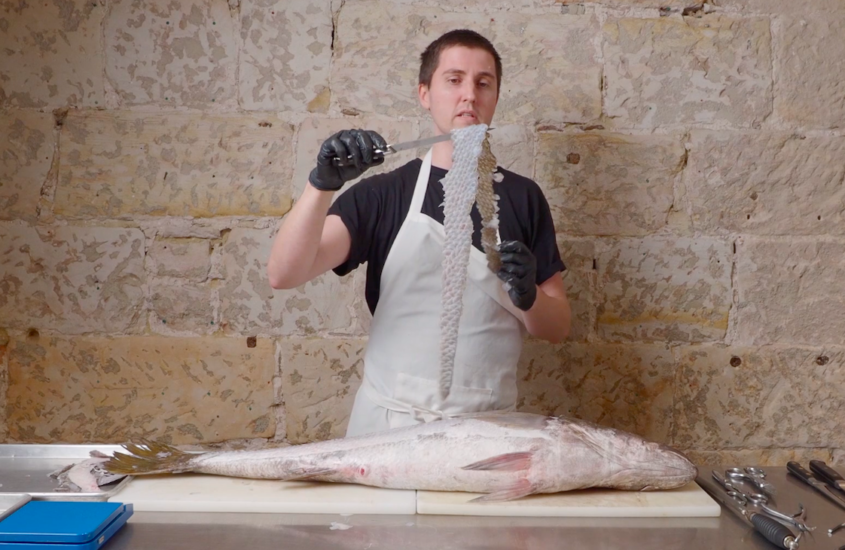By Hank Shaw:
This is your basic aromatic white wine that will work with flowers or another aromatic element such as sassafras bark, bayberry, or spicebush. Remember when using flowers to use only the flowers, not bitter stems or green parts. And do your best to find light colored local honey for this. It will make your wine more special.
When gathering dandelion flowers, you will need a lot of them – 5 gallons, to be exact. It sounds like a lot, and it is, but gathering this amount is easy if you find a place overrun with the weeds. Remember while you’re picking that this is a wonderful wine that ages well for years. You can also freeze petals in between picking sessions.
Ingredients (Makes 3 Gallons)
- 6 quarts dandelion flower petals, loosely packed
- 3 gallons water
- 9 pounds honey or sugar
- 1 teaspoon grape tannin
- 6 teaspoons tartaric acid
- 3 teaspoons yeast nutrient
- Wine yeast
Method
Pick your flowers early in the day and remove all green bits. Bring 1 gallon of the water to a boil and add the flowers. Turn off the heat and cover the pot. Let this steep until it returns to room temperature, or 6 hours, whichever is longer.
Meanwhile, boil the remaining 2 gallons of water and stir in the honey or sugar. Skim any foam that surfaces, and simmer for 5 minutes. Turn off the heat and let it cool.
Pour the dandelion tea through a strainer set over a large bowl, pressing on the petals to get all the juice you can. Pour the strained tea through a fine-meshed sieve lined with cheesecloth. Add the tea to the honey water.
Pour the mixture into a freshly cleaned 5-gallon bucket. (Clean the bucket with 2 teaspoons of potassium metabisulfite diluted in a gallon of water and rinse well). Add the grape tannin and 4 teaspoons of the tartaric acid. Test for both Brix and acid levels. You may need to add more acid or increase sugar levels. If you need to increase the Brix, use table sugar this time, dissolved in a little lukewarm water.
Add half the yeast nutrient to the juice and mix well. Wait 1 hour. Hydrate the wine yeast and add it to the juice. Cover the bucket with a lid that has an airlock and ferment away.
Allow your wine to ferment this way until the activity slows, usually around 5 days. Now you will want to siphon it from the bucket into a glass carboy, leaving about 4 inches of headspace before putting on the airlock; this space allows the wine to continue fermenting and expand a bit. Leave this for a couple weeks.
When most of the ferment has visibly died down, top off the carboy with a white wine you like to drink, up to about 1 inch under the airlock. Let this sit in a cool, dark place for 6 months.
At any point after 6 months, you can bottle it. Wait at least a couple weeks between bottling and drinking. This wine will age well for several years, and I find it is at its best at 2 years.
Author’s note: In general you will be looking for a Brix of about 23 for this wine, which translates to a specific gravity of 1.0965. You want your Total Acidity to measure between 6 and 10 grams per liter. You increase it by adding 1 gram of tartaric acid per liter until you reach that level. Dandelion wine likes a Total Acidity of around 8.
Find this recipe and more in Hank Shaw’s book Hunt, Gather, Cook (Rodale 2011)













